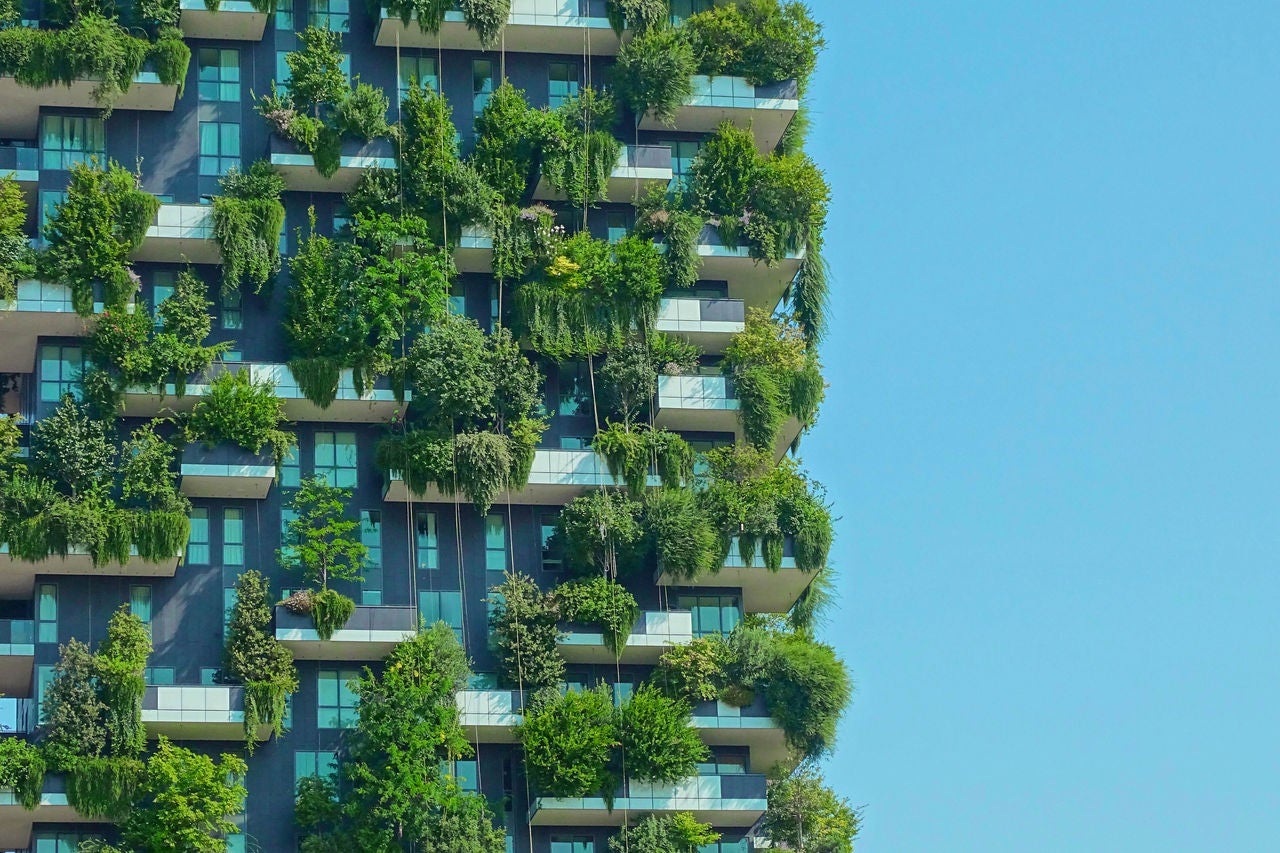EY Law services are the independent law firm member of Ernst & Young Global. For more information about the global EY organization please visit www.ey.com.

EY Law Ireland discuss the objectives in the construction and conservation of new buildings which are environmentally accredited, and the role green leases have in maintaining that objective.
In brief:
- Green leases can play a role in maintaining and protecting sustainability objectives.
- Environmentally viable buildings helps retain high quality tenants for premier rents.
- Tenants of new builds are looking for sustainably organic premises to achieve corporate responsibility goals and lower overall operational costs.
In part 1 of our two-part series on “green” leases, we considered how landlords and tenants of older buildings can come together and combine resources to amend or adapt their prevailing lease arrangements in order to improve their buildings’ sustainability prospects.
In this part 2, we discuss the increasing objectives in the current market, from property stakeholders to forseek, promote and invest in the construction and conservation of new buildings which are environmentally accredited, and the role “green” leases have in maintaining and protecting that objective.
Commercial landlords now appreciate that in order to procure and retain high quality tenants for premier rents, the buildings they offer and manage must be environmentally viable and their engagement with tenants must be forward-thinking in this regard. On the other hand, tenants of new builds are looking for sustainably organic premises to achieve corporate responsibility goals and reputation, better staff wellbeing and lower overall operational costs.
Landlords should always be mindful of “green” assets as many can attract a significant cash flow benefit of 100% capital allowances in the first year
Protecting the long-term value and investment (including financing) in their new real estate developments is the reason why more and more landlords and tenants are now looking to enter into “green” leases. For new builds, the clauses in these leases tend to be “dark” green imposing obligatory action from the parties due to the eco-standard of the premises at the term commencement date and the desire to retain, or at least not compromise that standard until lease expiration. Many new builds, when practically complete, have sustainability ratings with BER, LEED (US standard) and BREEAM (UK standard) being the most common.
Green leases for new buildings contain, inter alia, covenants designed to:
- clearly express the sustainability memorandum of understanding and agreed environmental performance plan for the building;
- promote dialogue, co-operation, sharing of resources and data (e.g. meter readings) and reporting between the parties throughout the term of the lease to identify and implement energy, water and waste efficiency strategies for the betterment of both interested parties. This may include, for example, for a multi-let premises, a requirement for landlords and tenants to join, be represented and/or attend a sustainability action group;
- retain, maintain and ensure compliance with any requirement necessary for retention of accredited standards (e.g. BER, LEED and BREEAM) and ensure no repair, decorations, alterations or future works (including yield-up works on expiration of the lease term) jeopardise the green certification of the building;
- ensure there is a commitment from each party to (a) utilise sustainable materials when completing works or otherwise, (b) avoid the use of materials harmful to achieving net zero emissions and (c) implement policies which are aimed at reducing damage caused to the surrounding physical environment by occupation and management of the leased premises;
- guarantee that advances in environmental laws (including EU law), governmental targets (e.g. net zero targets), technologies and best practices are identified, shared and where possible, achieved or complied with for the duration of the lease term;
- allow landlords and tenants reciprocal rights of access for the purpose of adhering to the environmental performance plan as well as changes in laws, professional practices and regulations.
Putting time into agreeing and finalising “green” clauses will ultimately reward each party while at the same time ensure that the leased premises’ environmental health is preserved for the lease term. Allocation of costs associated with adhering to these clauses will be front and centre when negotiating the final form lease. The provision of services to the premises and the extent of the services provided in accordance with the service charge regime will be a key point.
Furthermore, the assumptions on rent review will want to balance the respective parties’ needs. The landlord will want to ensure that the rent is reviewed on the basis that the premises has maintained the green certification. Likewise, the tenant will want to ensure that any works it has completed which increase the green accreditation or indeed any works completed by other tenants which have adversely impacted the accreditation are disregarded for rent review purposes.
Summary
EY Law Ireland is here to advise landlord and tenant clients on the “green” clauses appropriate for inclusion in their leases having regard to the particular nature of the newly constructed building, the parties’ sustainable policies and allocation of responsibility and costs proportionate to occupation and utilisation of resources.

